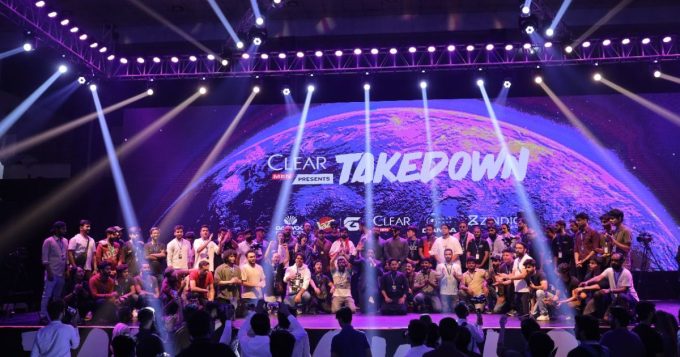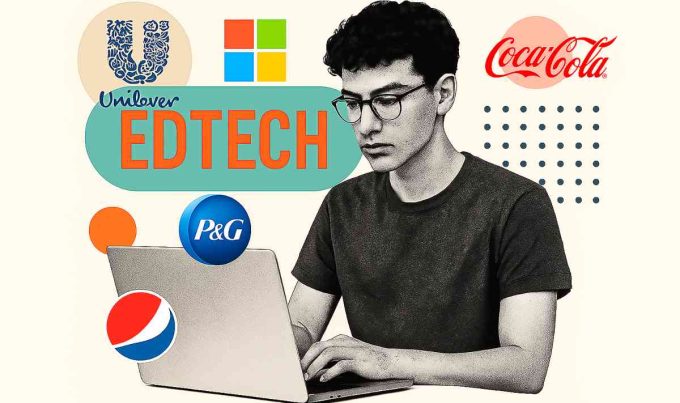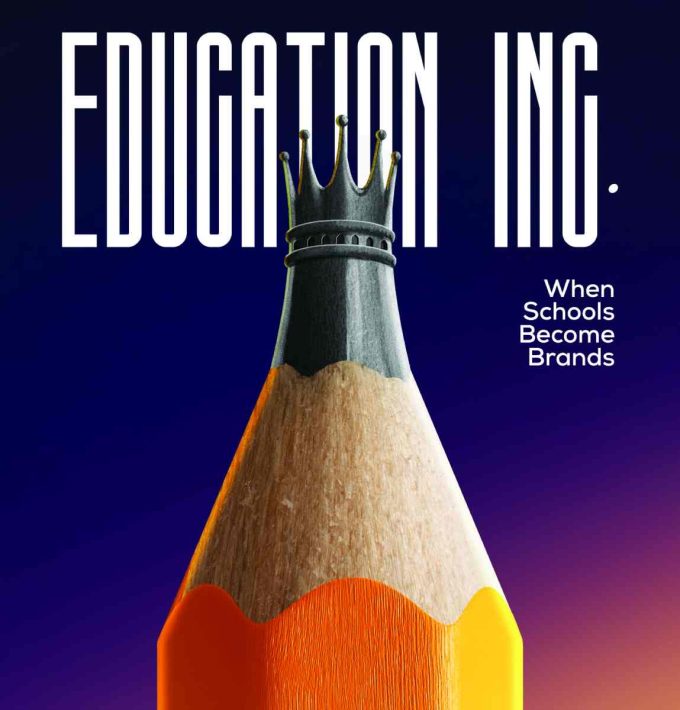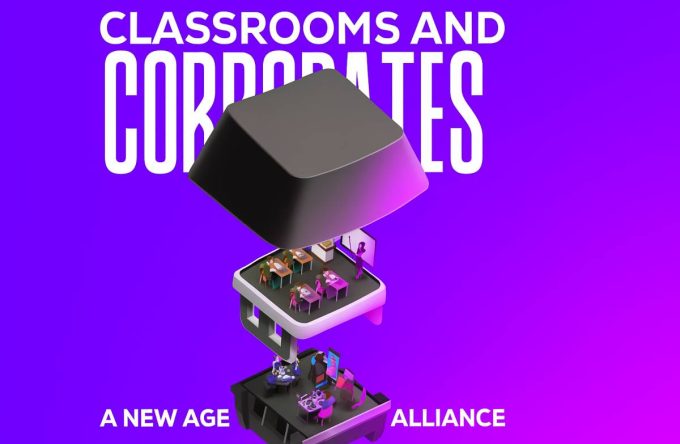Paid Promotions or ‘Authentic Marketing’?
People are getting smarter about influencer marketing, and brands are catching on. Instead of relying on paid promotions. They are turning to real voices, customers and employees to build trust and connect more authentically.
Revisiting Celebrity Endorsement and Influential Marketing
There have been visible changes in how brands allocate their marketing budgets. Previously, the stars of social media were paid hefty amounts to promote a brand and that generated sales. But now companies are moving away from them. Why? Consumers are now smart enough to understand influencers promote products to earn their living. The same is the case with celebrities; if we see Sofia Vergara applying ‘Head & Shoulders’ to her hair, it’s understandable she wouldn’t ever use it in real life unless paid to do so. Or if we see Ranbir Kapoor consuming ‘Lays’ in an advert on the TV, he’s actually not eating as a snack. The audience is now sceptical about the authenticity of celebrities and influencer recommendations.
As a result, brands are now looking for a more authentic and cost-effective approach to building positive relationships with consumers. Leading to a rise in Employee–Generated Content (EGC) and User–Generated Content (UGC).
User–Generated Content – A Budget-Friendly Strategy
UGC is content that’s developed by consumers on their own without any incentives. It could be ratings, testimonials, social media posts with images of the product, simply tagging them, or talking in the comments section. While scrolling Instagram, you may have noticed that while watching a video. Many of us click on the comments section to verify the information that’s given on the post. These comments reflect genuine customer experiences and feedback, validating the information given.
Back to the Classics: Vatika Oil’s UGC Campaign
A classic example of a successful UGC-driven campaign is Vatika Oil’s first campaign in Pakistan. Vatika tapped into a space where many shampoo brands were in a brand war. They hijacked their fight with a simple idea to apply oil first and use any shampoo of their liking afterwards. Instead of relying solely on influencers, the brand encouraged customers to share their Shampoo choices with the hashtags #OilFirst #VatikaFirst. Tagging Vatika in a highly budget-friendly and authentic marketing strategy where users of social media created valid content.
Employee–Generated Content
Similar to UGC, Employee–Generated Content comes from the staff and those professionals within your business. These individuals become the face of the business and speak directly to consumers without any third party involved. Behind-the-scenes videos, employee faces, product demonstrations, or storytelling about the company culture work very well in creating trust and building genuine relationships.
Crumble Cookie’s EGC Strategy
An Islamabad-based cookie shop, known as @crumblepakistan on Instagram, boomed its social media presence, showcasing its frontline employees with relatable content in an excellent low-cost marketing strategy. Featuring their staff, they create entertaining reels that resonate with their target audience and while also increasing employee morale and motivation to work.
One of their successful Instagram reels was based on a simple cultural insight highlighting how Lahoris are always willing to help. If someone asks them for directions, even if they don’t actually know the way! The reel demonstrated how Crumble ended up opening their shop 500 meters outside the main city because of mistaken directions, using humour. This creative idea sparked a massive touchpoint and consumers began telling their stories of misleading directions in comments, organically. Leading to UGC mentioned above. When the customers visit the shop, they meet the same employees that they’ve seen on their screen, causing them to even take selfies with them. All of this was done without spending a massive amount on influencers or celebrity endorsements.
Welcoming the New Era of Authentic Marketing
Consumers today have become quite clever and they exactly know what is happening in the marketing landscape behind the scenes. The rising concern about the authenticity of influencer marketing has pushed marketers. To revisit their high advertising budget allocations on micro and nano Influencers; to find more cost-effective and reliable ways to advertise. Many successful examples can be seen on social media. EGC and UGC build trust and foster genuine connections with the target markets to achieve their return on marketing investments (ROMI).
In the future, if more brands embrace this strategy in Pakistan. We will get to see fewer paid promotions and collaborations by micro and nano influencers. And more of UGC and EGC, which will turn out to promote more informed ways of consuming and buying products.










